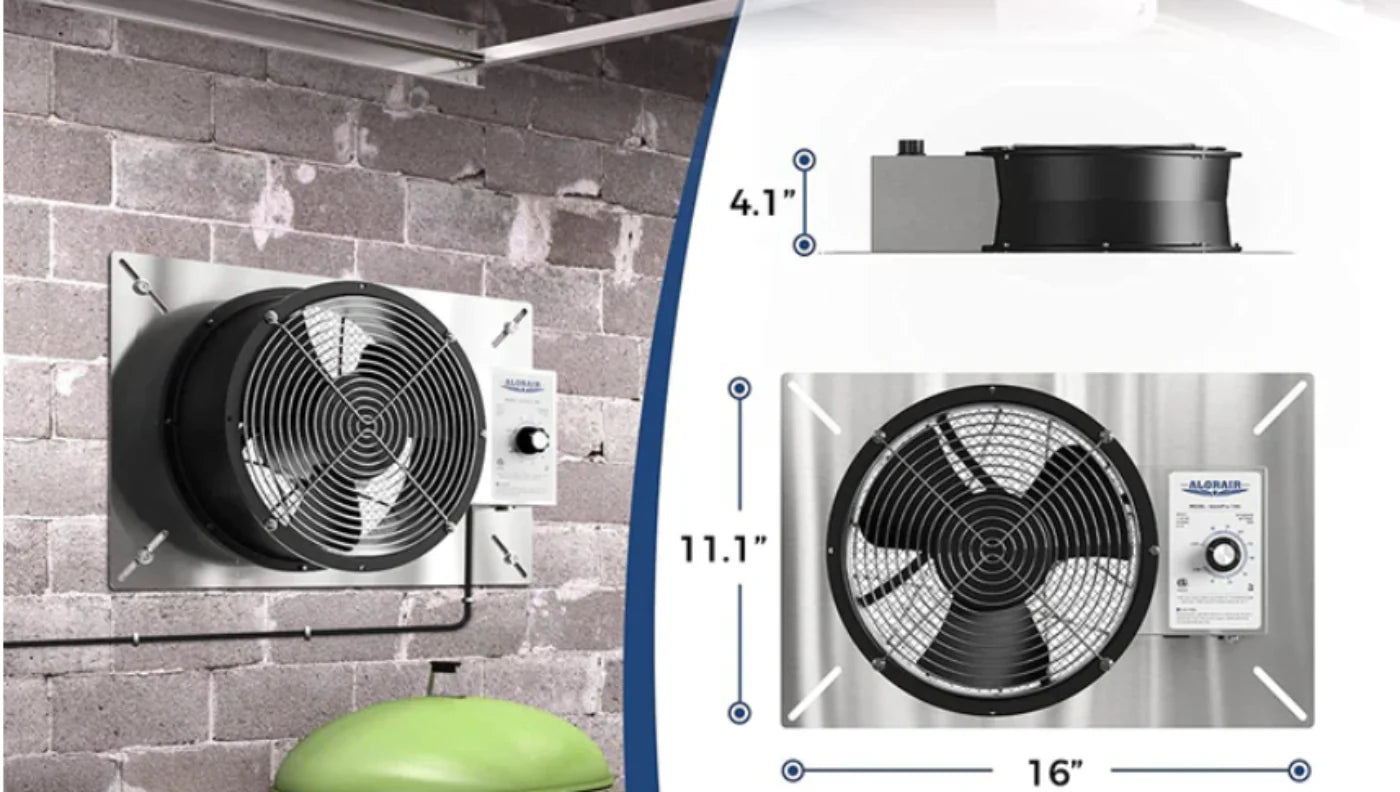Dehumidifiers extract excessive moisture from the air in different ways. Some models use a special liquid to pull airborne water droplets. This liquid substance often contains lithium chloride which is an excellent moisture puller.
This liquid is a high-tech salt solution that is highly effective at absorbing water molecules from your indoor air. Unlike traditional units that rely on cooling coils, these liquid systems in modern dehumidifiers are changing the way we deal with humidity challenges.
The effectiveness of dehumidifiers depends on the technology they use to dehumidify the air. When you understand how they work, you can pick the right option for your space.
Let’s take a thorough look at how different dehumidifiers handle moisture, what the liquid in a dehumidifier is, and how it works.
How Different Dehumidifiers Handle Moisture?
Different dehumidifiers use different ways to pull moisture from the air. Typically, they handle moisture using three methods. Traditional models use a refrigeration system to absorb airborne water droplets. The system used in these models is similar to that used in your fridge at home. They pull damp air and pass it over cold coils, where the airborne water droplets condense and collect in a water reservoir. These are generally referred to as refrigerant dehumidifiers and are the most common options for homes. They work best in moderate temperatures.
Models such as desiccant dehumidifiers use special materials like silica gel to capture airborne moisture. Unlike refrigerant units, they don’t cool down the air, so these models work best in extreme conditions, such as basements and crawlspaces, as refrigerant dehumidifiers might freeze in extremely cold conditions.
The newest models are liquid desiccant dehumidifiers, which use special liquid substances to pull moisture from your indoor air. These special liquid substances are known as metal-organic frameworks (MOFs), which is an innovative approach to high humidity challenges. What’s more interesting about these models is that they can effectively extract humidity from relatively less humid air. Moreover, these units are often more energy-efficient than traditional models.
Let’s find out in detail what the liquid in a dehumidifier is…

What is the Liquid in a Dehumidifier?
The most common liquid used in a dehumidifier is a mix of lithium chloride and water, which is sometimes called Kathene. This liquid does not evaporate into the air you breathe and is effective at absorbing moisture.
Not all dehumidifiers use the same liquid. Different models use various types of liquids to pull airborne moisture. Liquid desiccant dehumidifying systems use special salt solutions such as lithium bromide (LiBr), lithium chloride (LiCl), and calcium chloride (CaCl2). These liquid desiccants are extremely effective at extracting moisture from your indoor air without cooling it first.
What makes these liquids so special? They make a strong bond with the water droplets and pull them right out of your indoor air. And they keep working and don’t lose their effectiveness even after coming into contact with air pollutants. Since these liquid substances are non-toxic, they are useful for many applications. Also, these are odorless so they are comfortable to use in your living spaces as well.
Remember, these liquid substances can be harsh on metals. That’s why they need special handling for smooth operations without causing potential risks. That’s why the manufacturers use special material material to protect the system and ensure no water particles leak into the air.
These liquid desiccant systems work in two stages. First, the liquid substance absorbs airborne moisture in a conditioning chamber. Then, it releases the absorbed moisture in the regeneration chamber when heated, allowing it to be reused.
These dehumidifying systems give you better control over humidity levels than traditional dehumidifiers. You can precisely control how dry your air should be by adjusting the concentration of this liquid solution. These systems can efficiently handle anything from slightly damp to super sticky air. This helps you achieve the perfect indoor humidity level for your space.
How Does the Liquid Desicant Dehumidifier Work?
Liquid desiccant dehumidifiers remove the moisture from your indoor air following a simple yet effective process. They pull the damp, humid air from your space. Then, the humid air comes in contact with the high-tech salt solution (also known as DrySol) in a spray chamber. This liquid absorbs the water droplets right away from the air.
As the liquid continues to absorb moisture, it gets warmer and more diluted. The system keeps moving this diluted solution to a heat exchanger to cool it down. This cooling process makes the liquid an even better moisture absorber.
Over time, this liquid substance gets too saturated when it absorbs enough airborne water droplets. This is where the regeneration process comes in. When the liquid solution becomes too heavy, the regenerator heats it, so the solution releases the absorbed moisture and becomes available for reuse in capturing new airborne water droplets.
This whole process from heat exchanger to regenerator runs in a continuous cycle where one batch of liquid solution is busy pulling moisture from the air while another batch is drying out and getting ready for reuse. The heat exchanger reuses the heat produced during the steps. Therefore, this makes the whole process energy efficient.
Read this to find out the cheapest dehumidifying solution for your space.

What is the Purpose of Liquid in a Dehumidifier?
The liquid in your dehumidifier works just like a super super-effective sponge. The liquid, which usually is a mix of water and lithium chloride or lithium bromide, absorbs the moisture right out of your indoor air. What happens in the conditioning chamber and regeneration chamber is amazing, which makes these dehumidifiers highly effective for versatile applications.
So, the purpose of a liquid system is to use less energy than traditional dehumidifying systems. Moreover, it reduces running costs and helps clean your indoor air naturally. This system is highly effective at preventing problems related to bacteria, mildew, and mold growth. Unlike other systems, this system needs less maintenance.
Remember, the liquid in your dehumidifier needs to stay safely contained inside the system. This is why manufacturers use properly sealed systems and special corrosion-free materials. This makes sure that everything keeps running smoothly and securely.
Conclusion
You’ll find liquid in condensate dehumidifiers as well, right? This is the water collected through a cooling process. This liquid is often called greywater. So, how should you get rid of dehumidifier water? For condensate water, you can just pour it into the sink or drain, or use it for nonpotable purposes such as cleaning and watering plants.
However, liquid desiccant solutions need special care as they can be corrosive and may irritate your eyes and skin. Always take safety measures, like wearing goggles and gloves, and don’t dump them directly into your yard or storm drain. Instead, call your local waste management facility for help.
Keep these desiccants away from pets and kids. Store them in sealed containers, in dry places. Don’t mix them with food items, and don’t let them contact any metal surfaces. When handling these liquids, keep your space well-ventilated and have an emergency eyewash station nearby.
Want help finding a suitable dehumidifying solution for your home? You can explore our website or contact our support. At Aloraircrawlspace, we help you find the best solutions for your indoor air problems.













